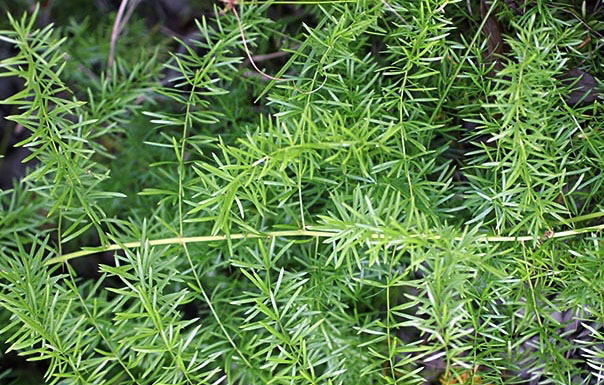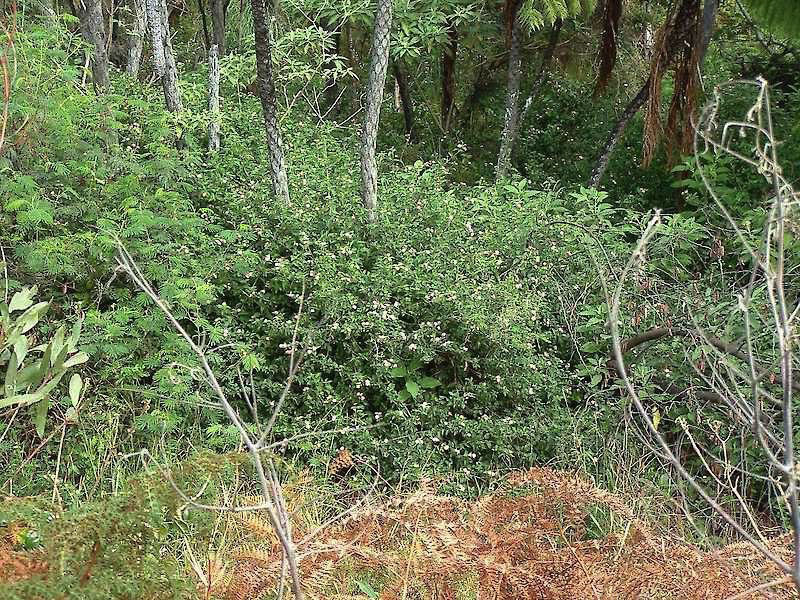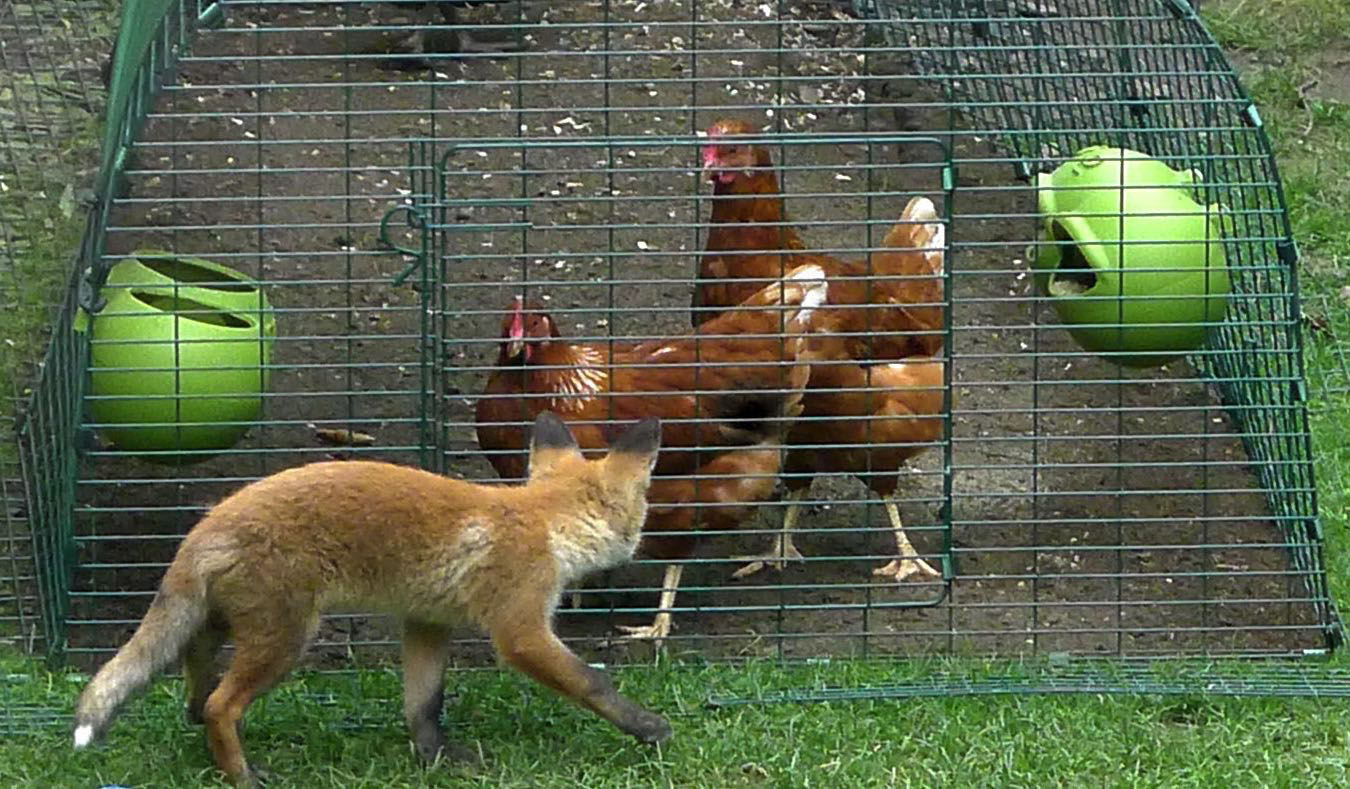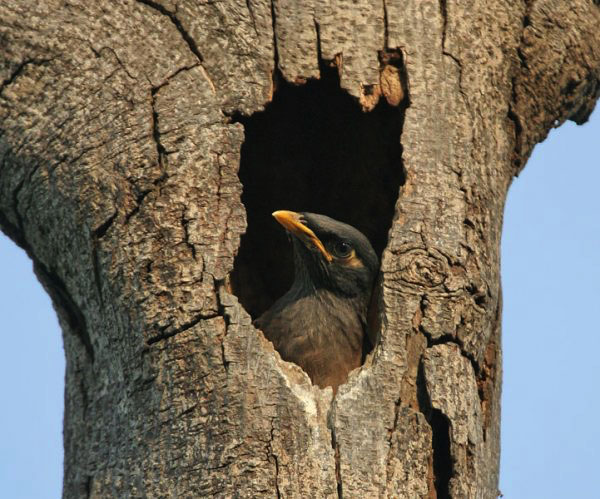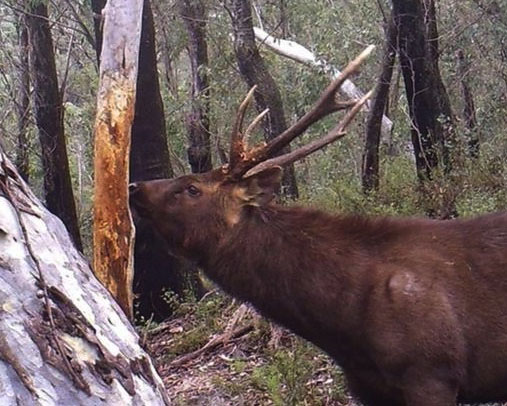By Lachlan Turner
Hills district residents may be surprised to know that there are a considerable number of feral animals roaming unchecked throughout the region.
Residents may also be surprised at the number of invasive garden escapee plant species that are colonising our bushland and adjacent areas.
Most feral and invasive pests are the direct result of historical human decisions, some supposedly made with good intentions. Some were to help eradicate other introduced species. Recent history has proven otherwise. It has now become the responsibility of everyone to be aware of the devastation caused by these exotic species which have no place in the Australian environment. All have the potential to destroy various elements of our unique Australian Biodiversity.
Many have toxic effects on humans, domestic animals, livestock and native Australian birds, mammals, fish and insect species. By doing nothing about the adverse consequences of these species, the sad history of feral infestations continues to be perpetuated.
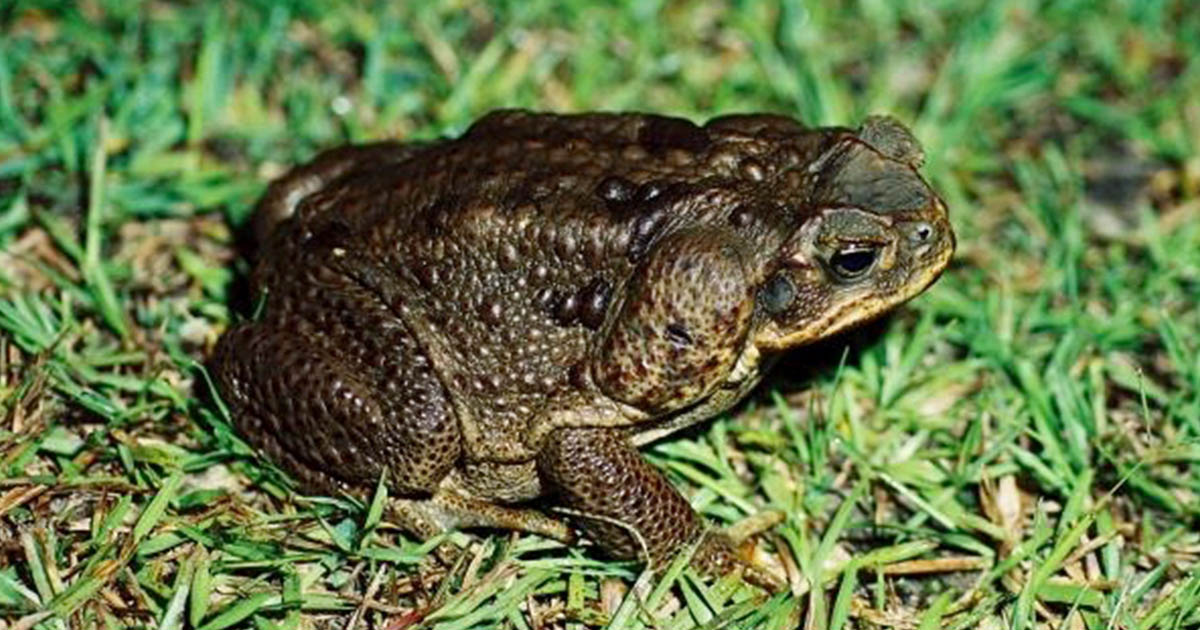 It is illegal to keep, sell and trade (swap) many of these declared plant and animal species designated as having a detrimental effect on Australia’s biodiversity.
It is illegal to keep, sell and trade (swap) many of these declared plant and animal species designated as having a detrimental effect on Australia’s biodiversity.
There are strong requests for community members to notify appropriate authorities where any of these species are observed in their locality, as well as in other environmental situations elsewhere.
Some known local feral animals include foxes, cats, rats, rabbits, dogs, deer, cane toads and possibly horses and goats. All are a death sentence to native birds, mammals, reptiles and riparian dwellers.
Some invasive plants known to overwhelm native bushland plants are Asparagus Ferns, Lantana, Blackberry, Privet varieties, Wandering Jew (Trad) and Scotch (English) Broom.
Feral birds such as Indian Myna, Starling and Feral Rock Pigeon harass and compete with native species for food and nesting spaces.
To read more about the destruction of Australia’s Environmental Biodiversity, visit
https://online.fliphtml5.com/awdd/jsni/
